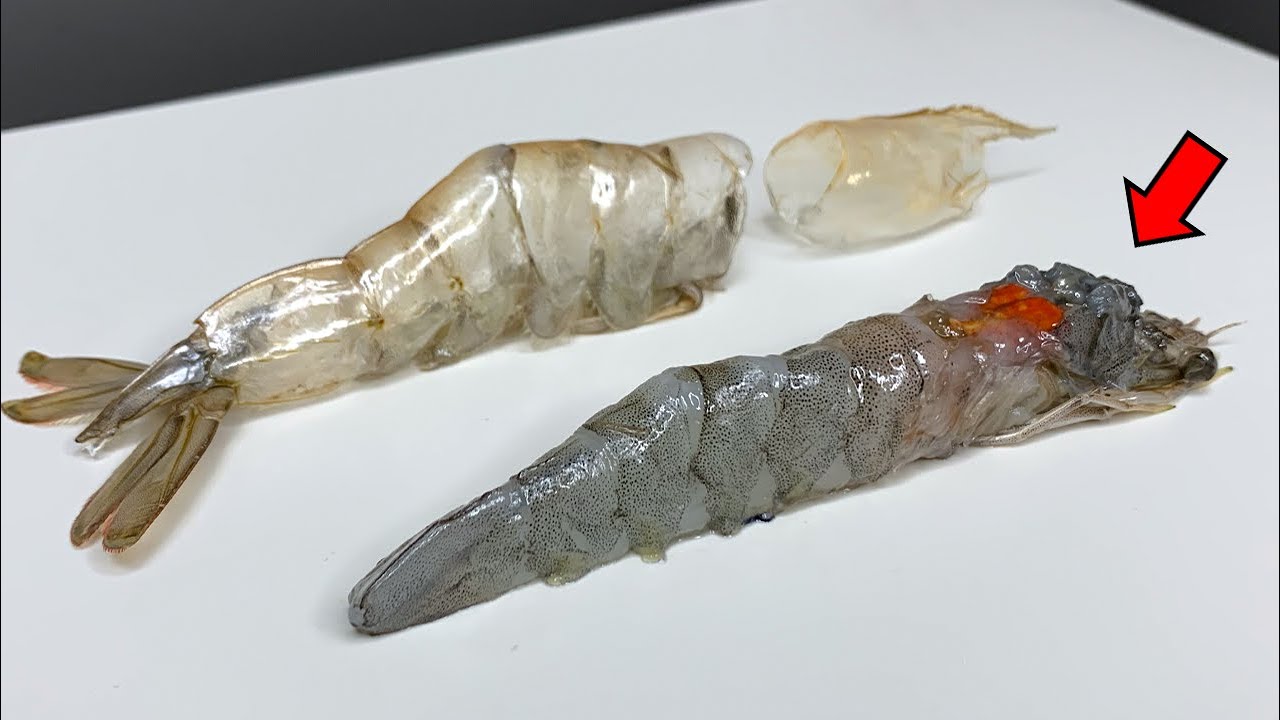
In the culinary world, shrimp is celebrated for its delicate flavor, versatility, and widespread popularity. Whether grilled, fried, or tossed into a flavorful stir-fry, shrimp dishes grace menus and dinner tables worldwide. However, recent revelations have sparked concerns among consumers and chefs alike regarding the presence of shrimp bugs, casting a shadow over this beloved seafood.
Shrimp bugs, formally known as parasitic copepods, are tiny crustaceans that attach themselves to shrimp. They are often mistaken for shrimp veins or digestive tracts due to their resemblance in color and size. While copepods themselves are not harmful to humans when ingested, their presence in shrimp raises questions about hygiene, food safety, and ethical consumption.
One of the primary concerns surrounding shrimp bugs is the potential risk they pose to consumers with allergies or sensitivities to crustaceans. While copepods are not known allergens, individuals with severe shellfish allergies may experience adverse reactions if they unknowingly consume shrimp bugs. Cross-contamination during processing and cooking can also pose risks to those with allergies, prompting calls for greater transparency and labeling in the seafood industry.
Beyond health considerations, the presence of shrimp bugs has implications for religious dietary practices, particularly within Judaism and Islam. Both faiths prohibit the consumption of certain types of shellfish, including shrimp, due to their classification as non-kosher or haram. While the mere presence of copepods may not render shrimp non-kosher or haram, strict adherents may choose to avoid shrimp altogether to uphold religious dietary laws.
The prevalence of shrimp bugs has raised questions about the efficacy of current seafood inspection and processing methods. Despite efforts to ensure the quality and safety of seafood products, copepod infestations remain a persistent issue in the shrimp industry. Factors such as inadequate cleaning procedures, lax regulatory oversight, and the global nature of the seafood supply chain contribute to the challenge of eliminating shrimp bugs from commercial products.
In response to growing consumer awareness, some seafood suppliers have begun implementing stricter quality control measures to address copepod contamination. This includes enhanced inspection protocols, improved cleaning techniques, and the use of specialized equipment to detect and remove shrimp bugs before they reach consumers’ plates. However, achieving widespread compliance across the industry remains a formidable task.
The debate over shrimp bugs extends beyond matters of food safety and hygiene to encompass broader ethical considerations. Critics argue that the presence of copepods in shrimp underscores the environmental and welfare concerns associated with industrial shrimp farming practices. Intensive aquaculture operations often rely on antibiotics, pesticides, and other chemicals to control pests and diseases, leading to environmental pollution and ecosystem degradation.
Furthermore, the conditions in which farmed shrimp are raised – densely packed ponds or tanks with limited water circulation – create ideal breeding grounds for parasites like copepods. As a result, shrimp farms may inadvertently exacerbate the proliferation of shrimp bugs, perpetuating a cycle of contamination and compromise in the seafood supply chain.
The ethical dimensions of shrimp farming extend to labor practices as well, with reports of human rights abuses and exploitation in some shrimp-producing regions. Migrant workers, often from marginalized communities, endure harsh working conditions, low wages, and limited access to healthcare and social services. The pursuit of cheap labor and cost-cutting measures by shrimp producers can contribute to systemic injustices within the industry.
Amidst these challenges, consumers are increasingly seeking out sustainable and ethically sourced seafood options. Certifications such as the Aquaculture Stewardship Council (ASC) and the Marine Stewardship Council (MSC) provide reassurance that shrimp products meet rigorous environmental and social standards. By choosing certified sustainable seafood, consumers can support responsible aquaculture practices and promote positive change within the industry.
In addition to certifications, technological innovations hold promise for addressing copepod infestations and improving the overall sustainability of shrimp farming. Advances in aquaculture technology, such as recirculating aquaculture systems (RAS) and integrated multitrophic aquaculture (IMTA), offer more environmentally friendly alternatives to conventional shrimp farming methods. These systems minimize waste, reduce environmental impact, and mitigate the risk of parasite outbreaks.
Education and advocacy play crucial roles in fostering greater awareness of the issues surrounding shrimp bugs and empowering consumers to make informed choices about their seafood consumption. By engaging with seafood suppliers, policymakers, and advocacy organizations, individuals can advocate for greater transparency, accountability, and sustainability within the shrimp industry.
Ultimately, the presence of shrimp bugs highlights the complex interplay between food safety, environmental sustainability, and ethical considerations in the global seafood trade. While copepod infestations pose challenges for both producers and consumers, they also present opportunities for innovation and positive change within the industry. By working together to address these challenges, we can ensure that shrimp remains a delicious and sustainable choice for generations to come
